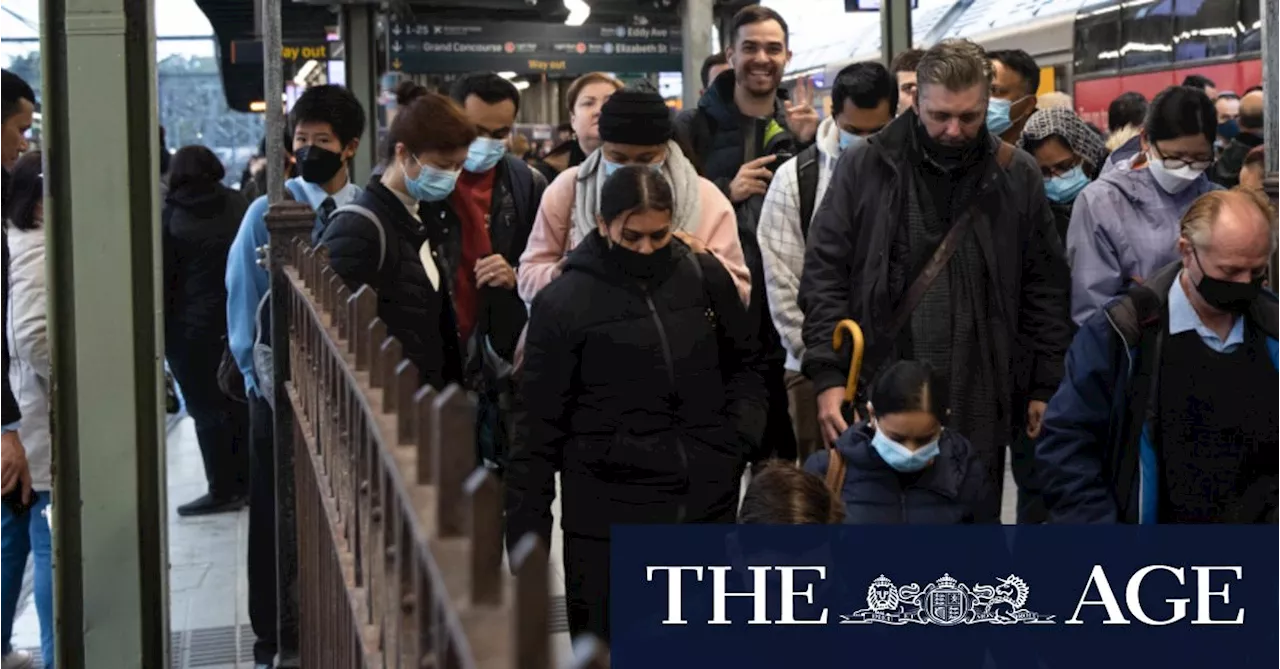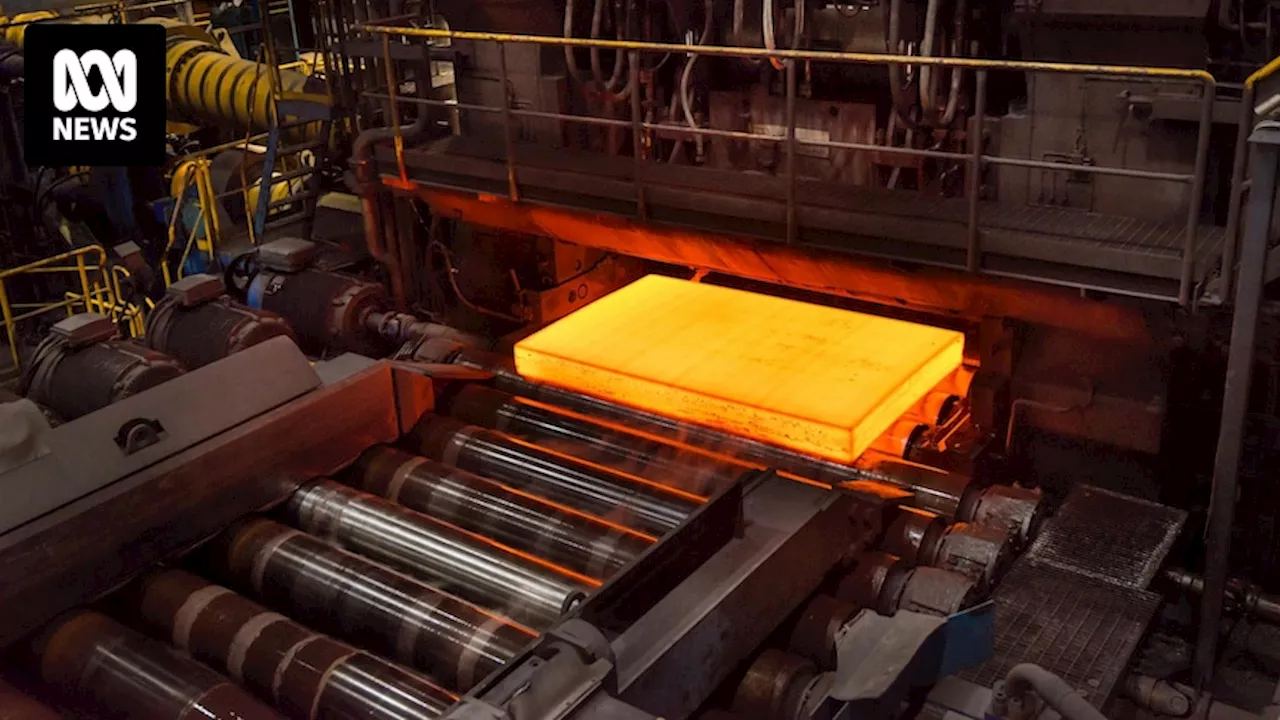The first decline in working from home since the pandemic raises questions about the future of remote work in Australia.
As we approach the New Year, many Australians are questioning their readiness to return to work. Beyond personal feelings about work itself, a growing number are also facing the prospect of returning to their physical workplaces. Australia has witnessed a decline in people working from home ( WFH ) for the first time since 2020, according to Australian Bureau of Statistics (ABS) data.
This begs the question: has Australia reached peak WFH? With hybrid and remote work arrangements continuing to transform Australian workplaces and expectations of both employees and employers, are Australians prepared for the so-called 'great return' to the office? The ABS data reveals a decrease in WFH over the past year, with 36 percent of employed individuals usually working from home, down from 37 percent in August 2023. This marks the first decline since the COVID-19 pandemic in 2020, when the percentage of Australians working from home surged from 32.1 percent to a high of 53 percent. However, this shift has been unevenly distributed across different sectors. Sectors like education, healthcare, and construction report significantly lower levels of remote work compared to professional services, finance, and IT, as per the ABS. Approximately 41 percent of employed Australians reported working from home at least one day a week, primarily driven by a desire for more flexibility or the ability to choose their own hours (25 percent). Following closely was operating a business from home or having a home-based job (23 percent), and the ability to catch up on work after hours (21 percent). Dr. Zen Goh, a senior lecturer at Monash University's Department of Management, emphasizes that creating a work environment where employees can truly flourish should be a top priority for employers looking to attract them back to the office
WFH REMOTE WORK HYBRID WORK AUSTRALIA WORKPLACE
Australia Latest News, Australia Headlines
Similar News:You can also read news stories similar to this one that we have collected from other news sources.
 Australia's Population Boom: Immigration Drives Growth Despite Falling Birth RatesNew forecasts predict Australia's population will reach 31.3 million by mid-2030s, driven by immigration. While fewer births and COVID-related deaths dampen overall growth, major cities like Sydney and Melbourne are expected to see significant population increases.
Australia's Population Boom: Immigration Drives Growth Despite Falling Birth RatesNew forecasts predict Australia's population will reach 31.3 million by mid-2030s, driven by immigration. While fewer births and COVID-related deaths dampen overall growth, major cities like Sydney and Melbourne are expected to see significant population increases.
Read more »
 Western Australia Wins Bid for Australia's First Green Iron PlantWestern Australia has secured Australia's first green iron plant, beating out competition from New South Wales and South Australia. The $75 million investment will see an Electric Smelting Furnace (ESF) built in Kwinana, utilizing Pilbara ore to produce green iron, the key ingredient in zero-emissions steel.
Western Australia Wins Bid for Australia's First Green Iron PlantWestern Australia has secured Australia's first green iron plant, beating out competition from New South Wales and South Australia. The $75 million investment will see an Electric Smelting Furnace (ESF) built in Kwinana, utilizing Pilbara ore to produce green iron, the key ingredient in zero-emissions steel.
Read more »
 Australia's Ashleigh Gentle wins bronze for Australia at Ironman 70.3 World ChampionshipAshleigh Gentle produces a blistering run leg to reach the podium at the Ironman 70.3 World Championship in Taupō, New Zealand.
Australia's Ashleigh Gentle wins bronze for Australia at Ironman 70.3 World ChampionshipAshleigh Gentle produces a blistering run leg to reach the podium at the Ironman 70.3 World Championship in Taupō, New Zealand.
Read more »
 Australia and India Draw Third Test Despite Rain Delay and Australia's Top Order CollapseThe third Test match between Australia and India ended in a draw after rain interrupted play on day five at the Gabba. Despite Australia's valiant effort to chase a quick score and set up an unlikely win, their top order collapsed, ultimately allowing India to secure a draw.
Australia and India Draw Third Test Despite Rain Delay and Australia's Top Order CollapseThe third Test match between Australia and India ended in a draw after rain interrupted play on day five at the Gabba. Despite Australia's valiant effort to chase a quick score and set up an unlikely win, their top order collapsed, ultimately allowing India to secure a draw.
Read more »
 Asia’s imminent cruise boom is great news for AussiesAsia tantalises with long coastlines, culture-dense cities and fabulous archipelagos. Now the cruise focus has finally turned towards this under-cruised continent.
Asia’s imminent cruise boom is great news for AussiesAsia tantalises with long coastlines, culture-dense cities and fabulous archipelagos. Now the cruise focus has finally turned towards this under-cruised continent.
Read more »
 Asia’s imminent cruise boom is great news for AussiesAsia tantalises with long coastlines, culture-dense cities and fabulous archipelagos. Now the cruise focus has finally turned towards this under-cruised continent.
Asia’s imminent cruise boom is great news for AussiesAsia tantalises with long coastlines, culture-dense cities and fabulous archipelagos. Now the cruise focus has finally turned towards this under-cruised continent.
Read more »
